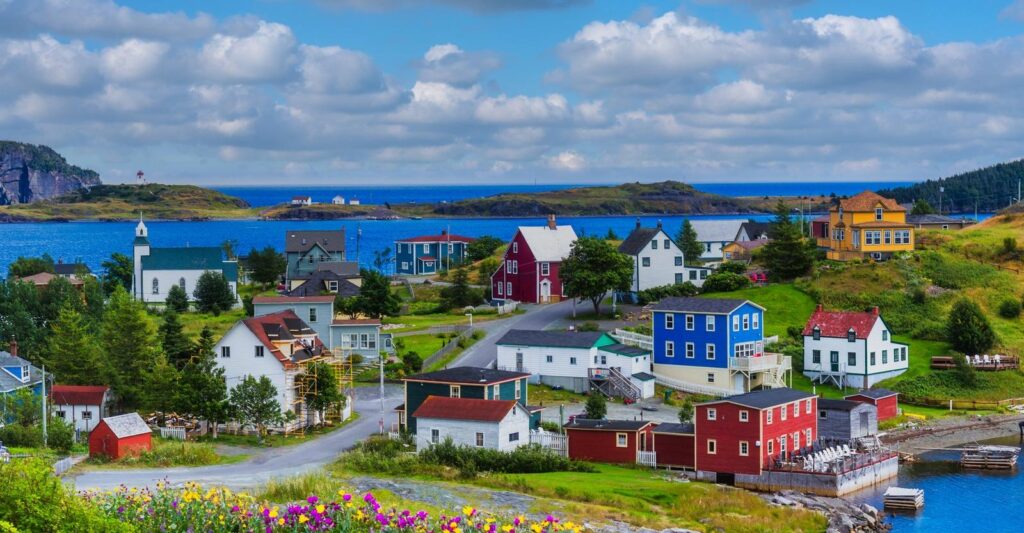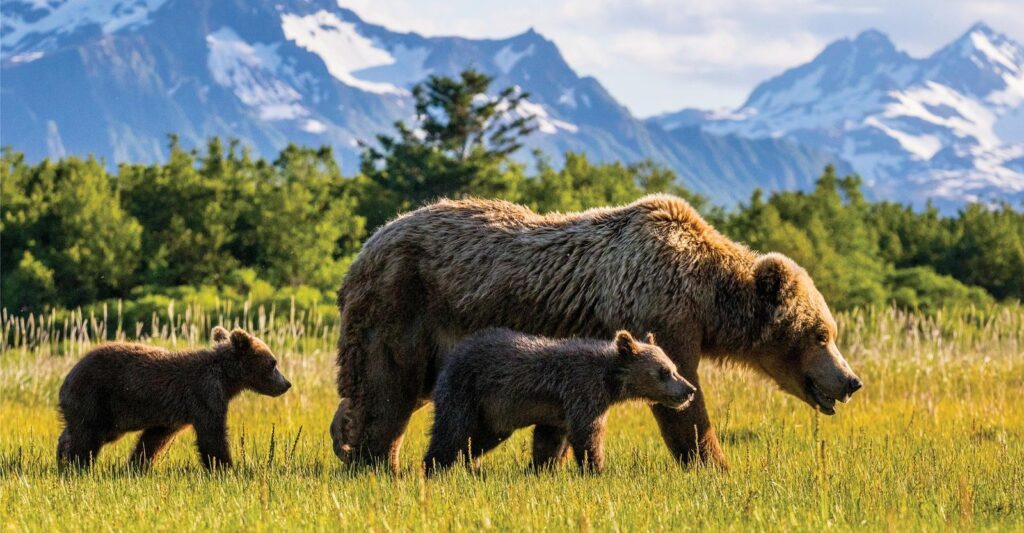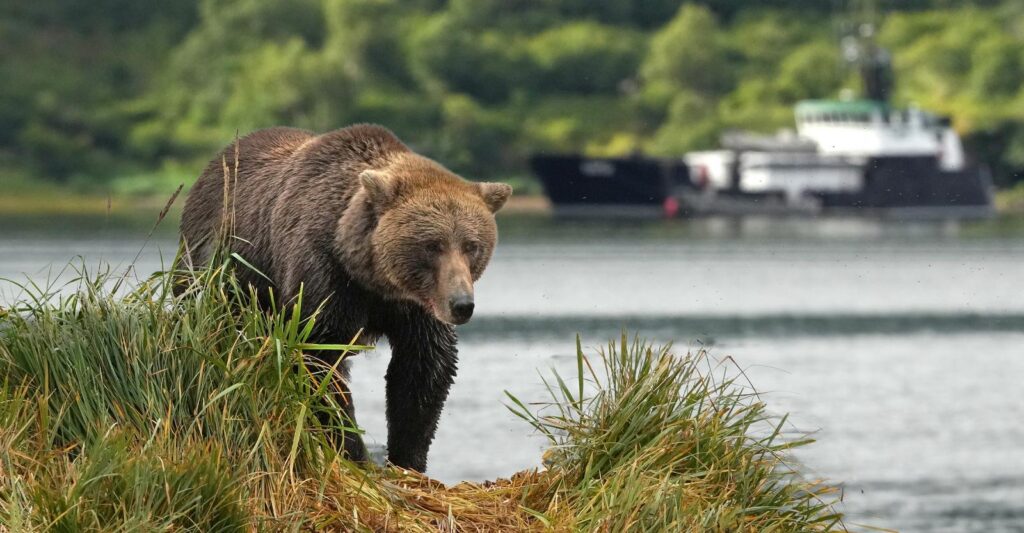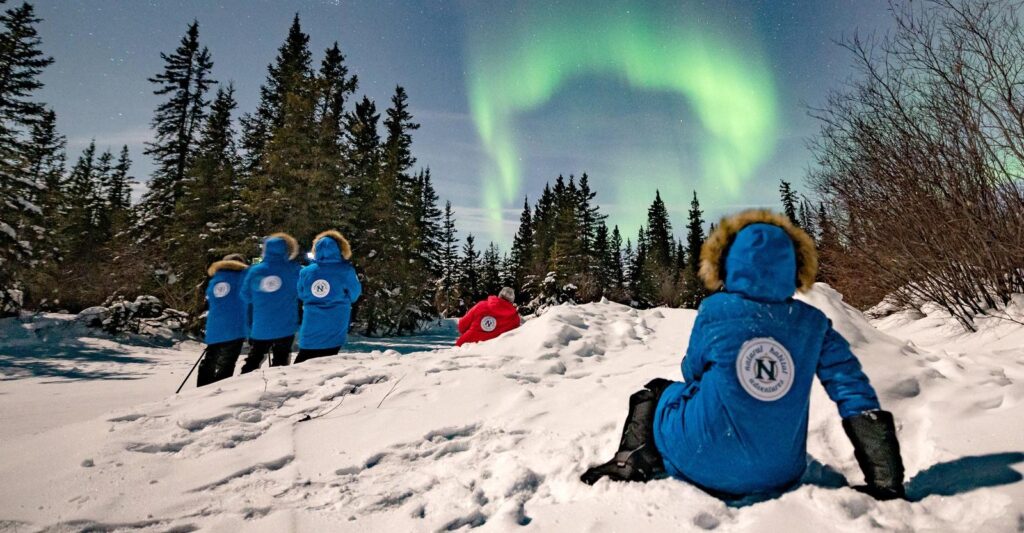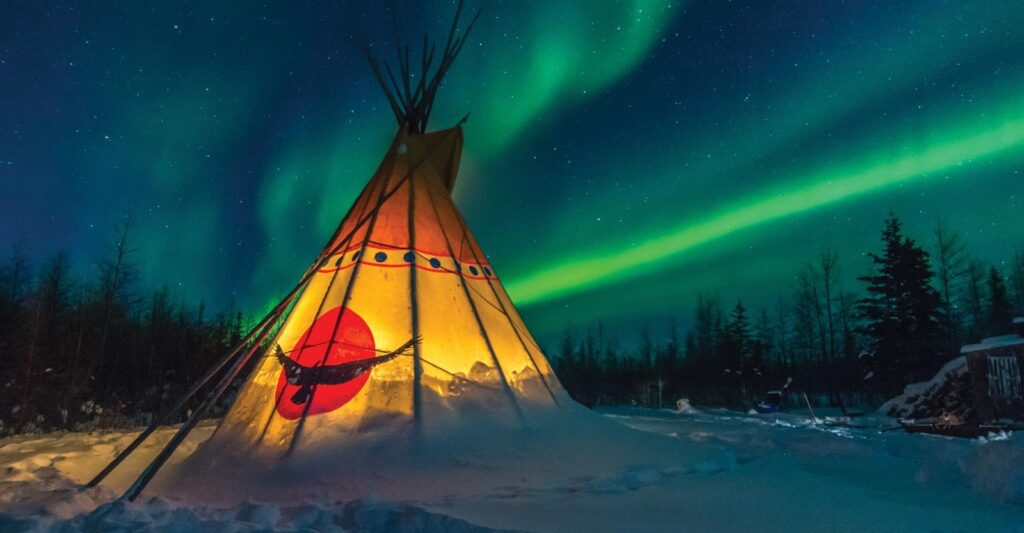Overview
Canada’s most easterly province of Newfoundland and Labrador is indeed a realm of new-found discovery for nature travelers. Its rugged northern landscapes, profuse wildlife, rich history and cultural heritage combine to create a wealth of surprises for adventurers seeking a nature encounter beyond more well-trodden destinations. Here, the world’s largest summer population of humpback whales plies the waters off the Avalon Peninsula, and 35 million seabirds, including huge colonies of Atlantic puffins, nest on the cliffs of myriad islands. Traditional fishing villages dot the coastline and a glacier-scoured landscape showcases rocks from the earth’s mantle and oceanic crust. From the 400-year-old capital of St. John’s to far-flung bays where icebergs drift in early summer, Newfoundland and Labrador offers new realms for exploration.
Trip Highlights
- Look for Whales, Puffins & Other Abundant Wildlife View a diversity of whale species, see breeding colonies of Atlantic puffins and other prolific seabirds, and look for caribou and Arctic fox.
- Walk on Earth’s Mantle in Gros Morne National Park Explore the planet’s geological evolution atop its exposed mantle in this World Heritage Site where the theory of plate tectonics was confirmed
- Explore Natural & Cultural History in Labrador Visit the historic fishing village of Battle Harbour, once a vibrant economic and cultural hub, now transformed into a living museum on remote Battle Island
Itinerary
Please fill out the form below to request a quote for rates.
Included
- Trip price includes: Accommodations, services of Nat Hab's professional Expedition Leader, local guides, whale watching and puffin viewing excursions, private boat tour of Western Brook Pond, evening wildlife and cultural presentations, all meals from dinner on Day 1 through breakfast on final day, some gratuities, all ferry transfers, airport transfers on Day 1 and final day, all activities and entrance fees, all taxes, permits and service fees.
- Internal air cost includes: Private charter flight from Gander to Blanc Sablon (this will be listed separately on our invoicing).
Not Included
- Travel to and from the start and end point of your trip, most alcoholic beverages, gratuities for your Expedition Leader, passport and visa fees (if any), optional activities, items of a personal nature (phone calls, laundry and internet, etc.), international airline baggage fees, airport and departure taxes (if any), required medical evacuation insurance, optional travel protection insurance.
Map

